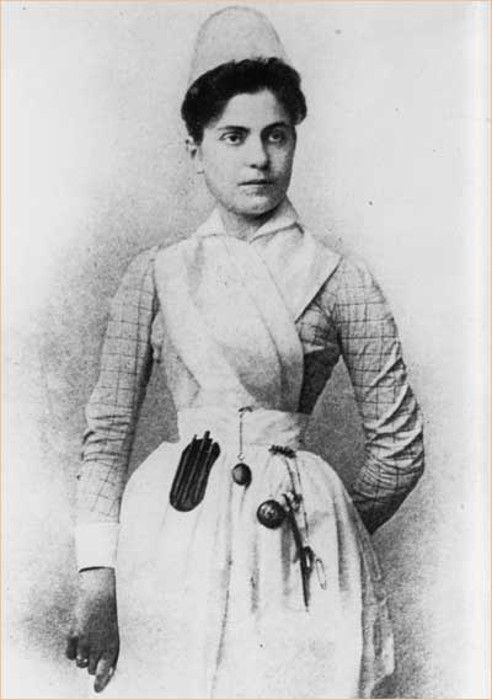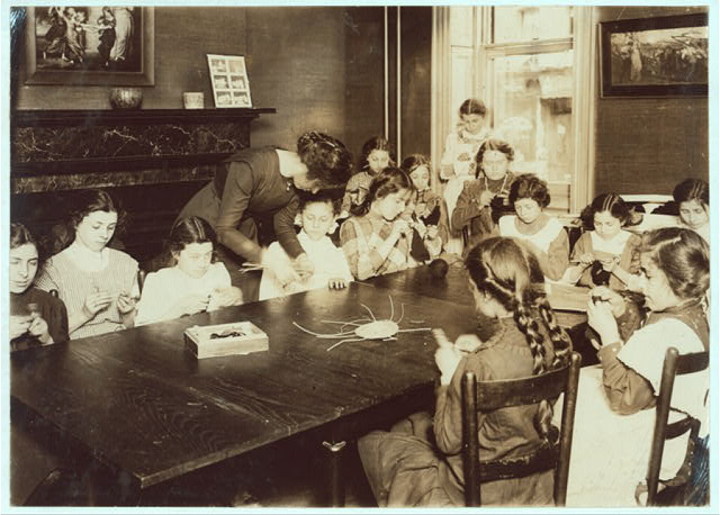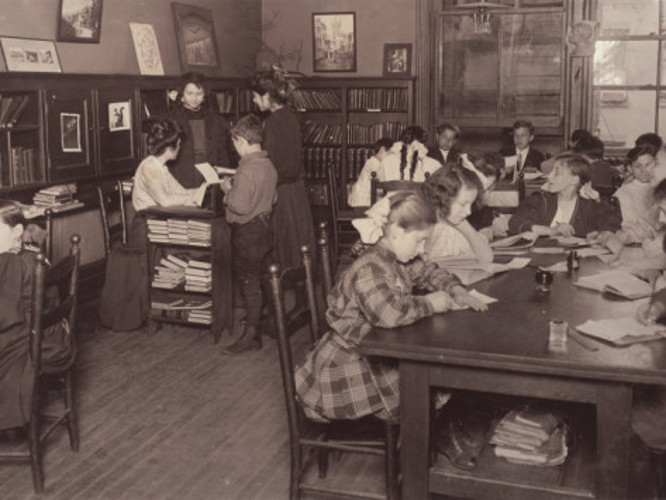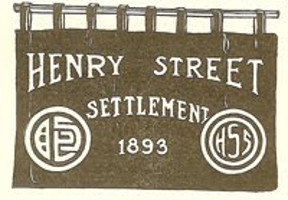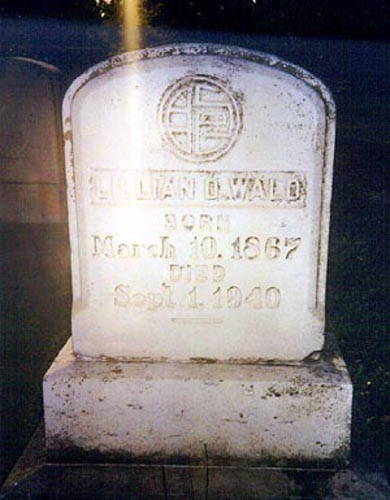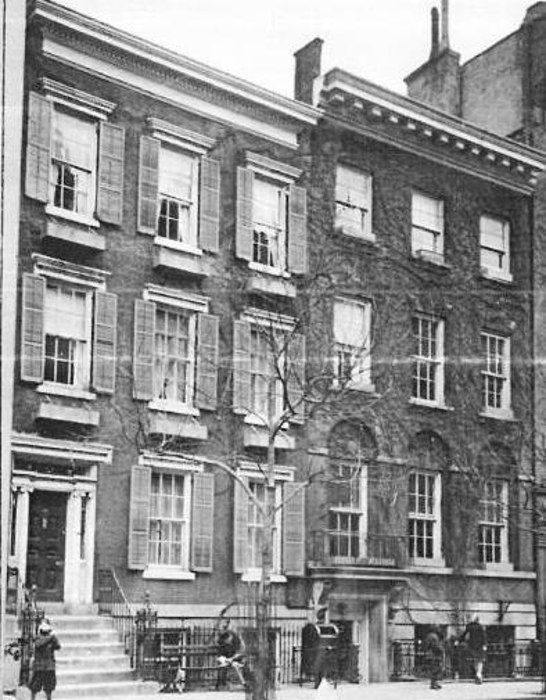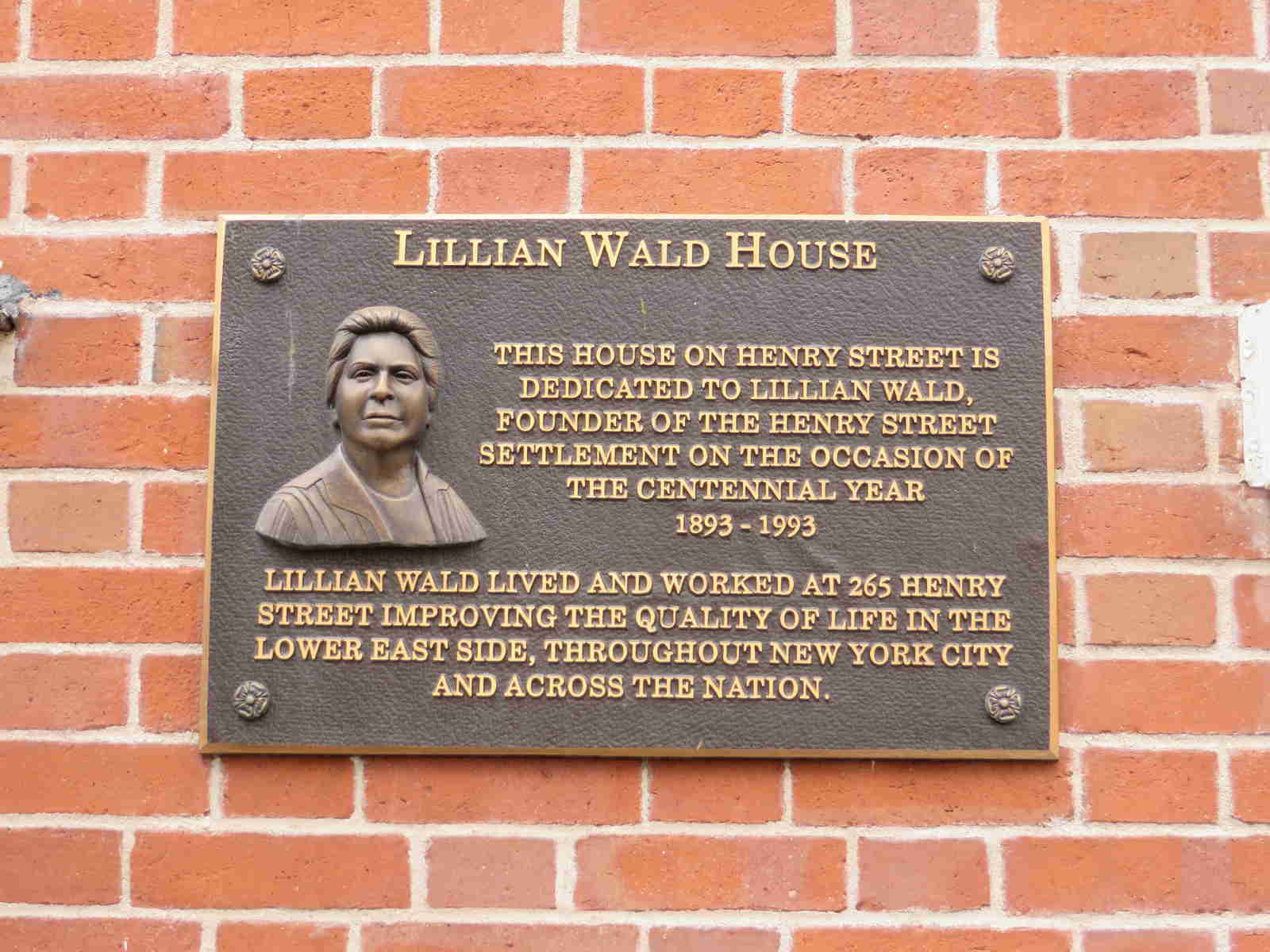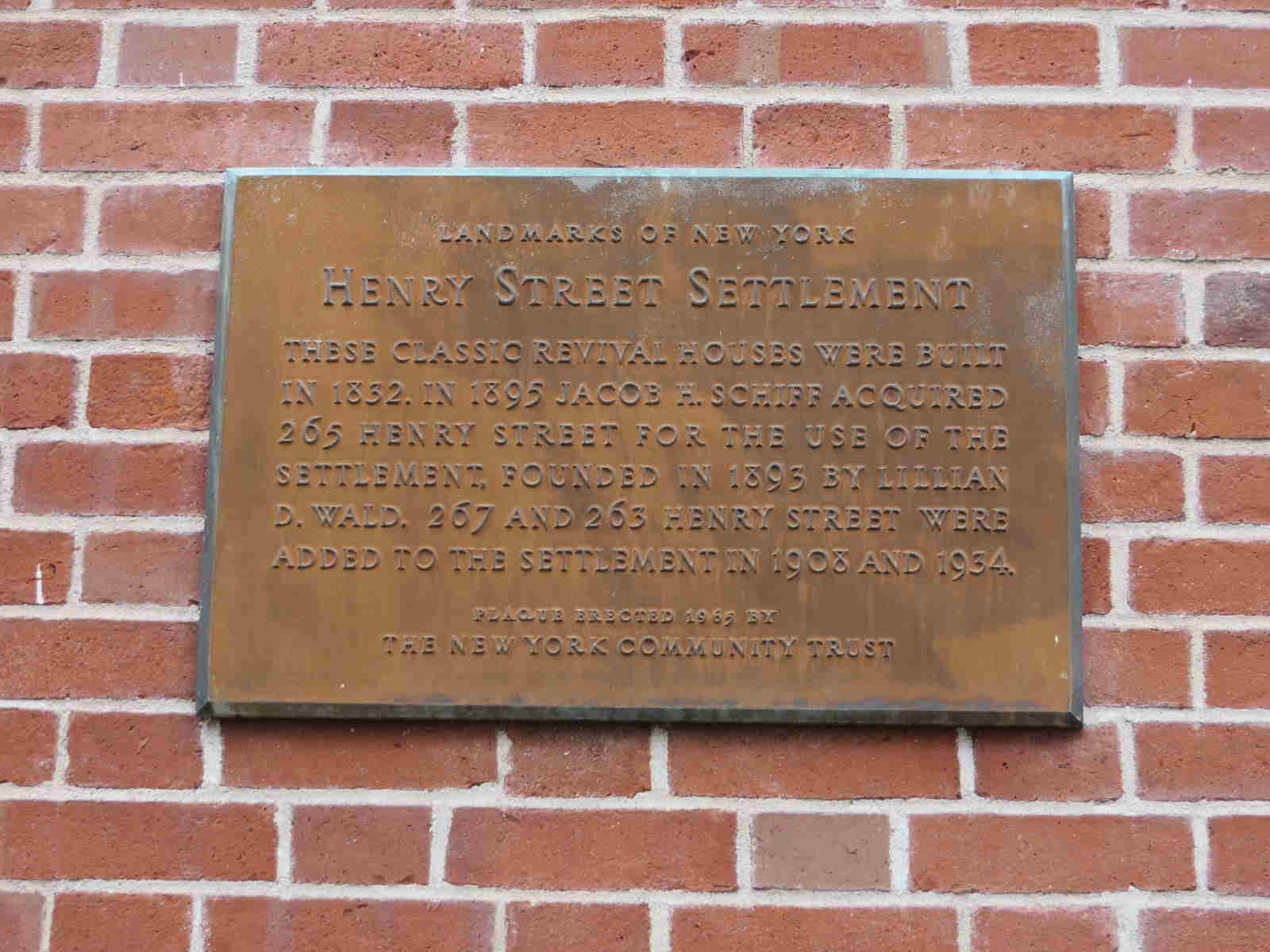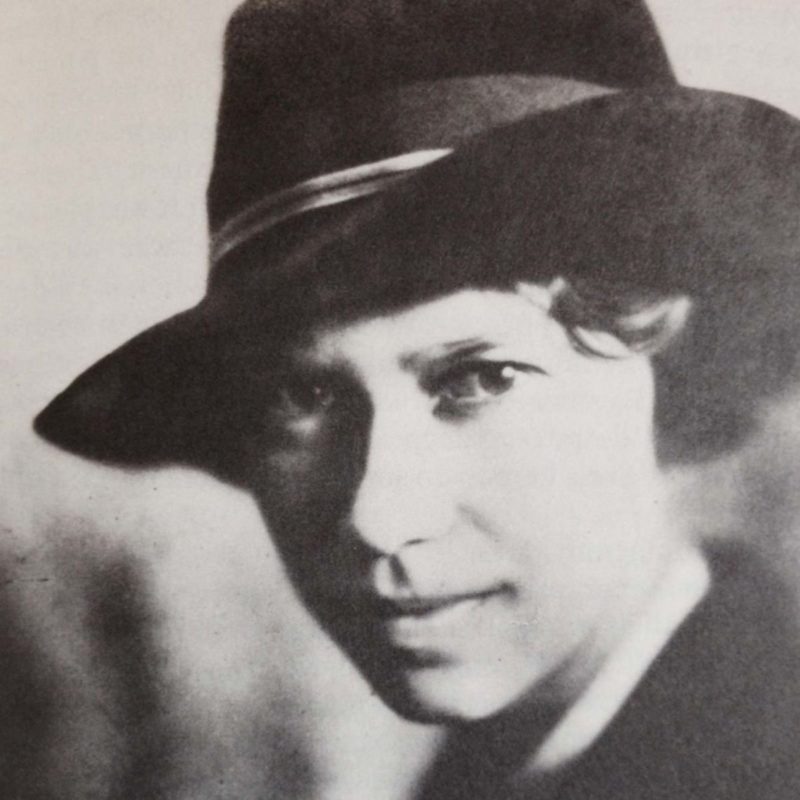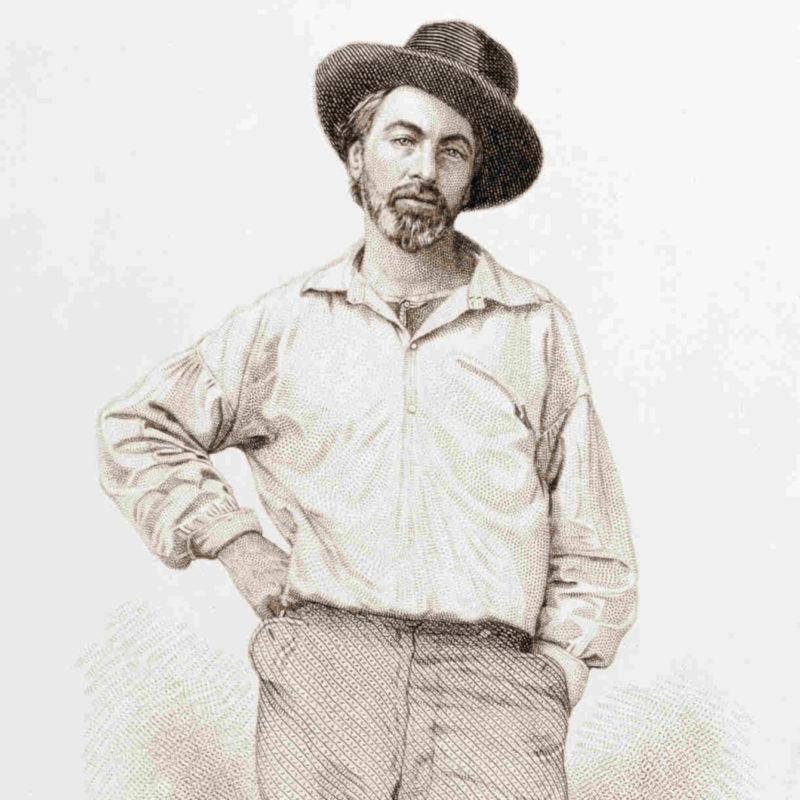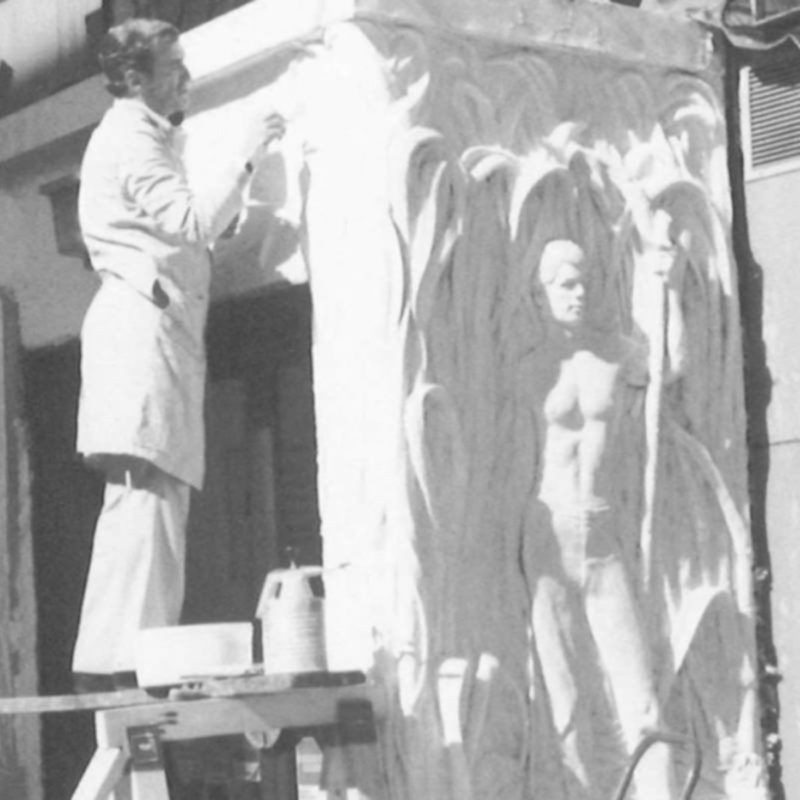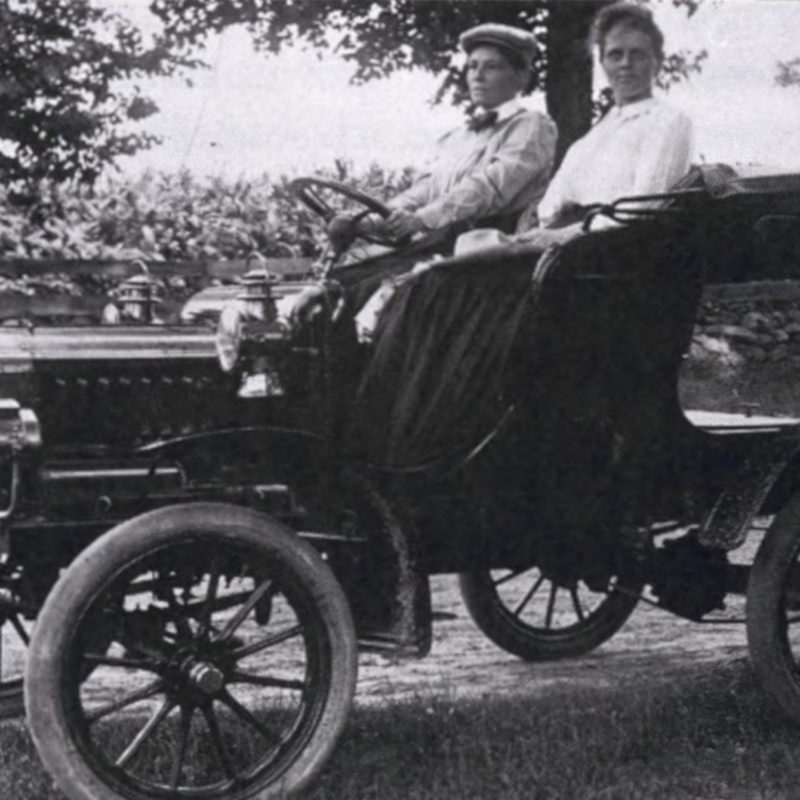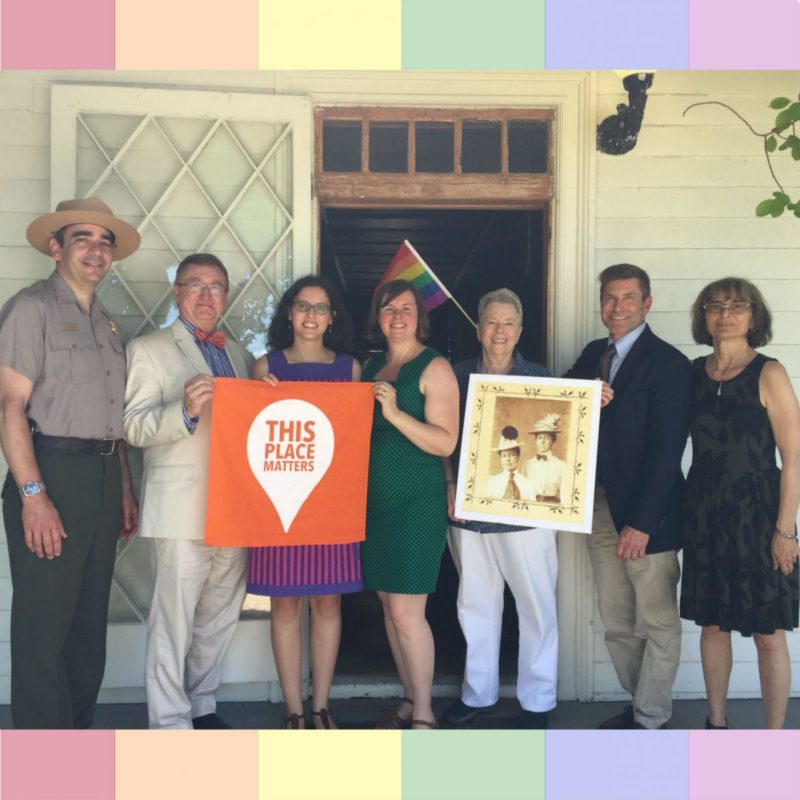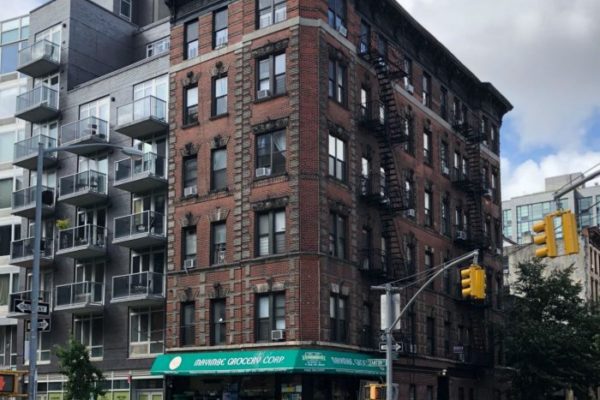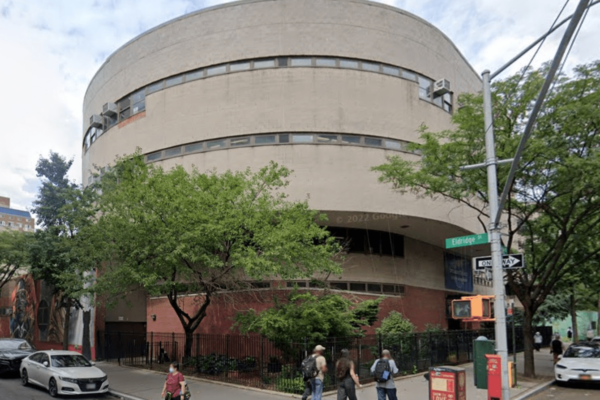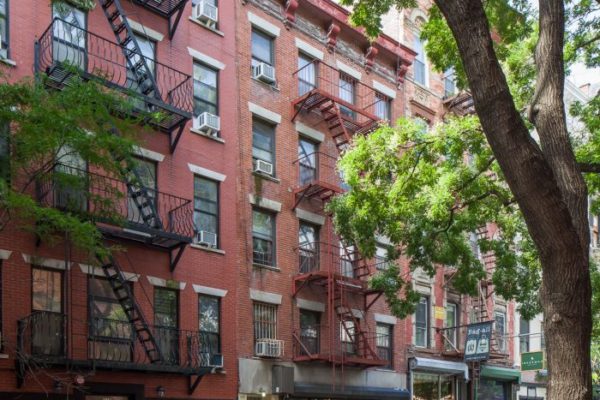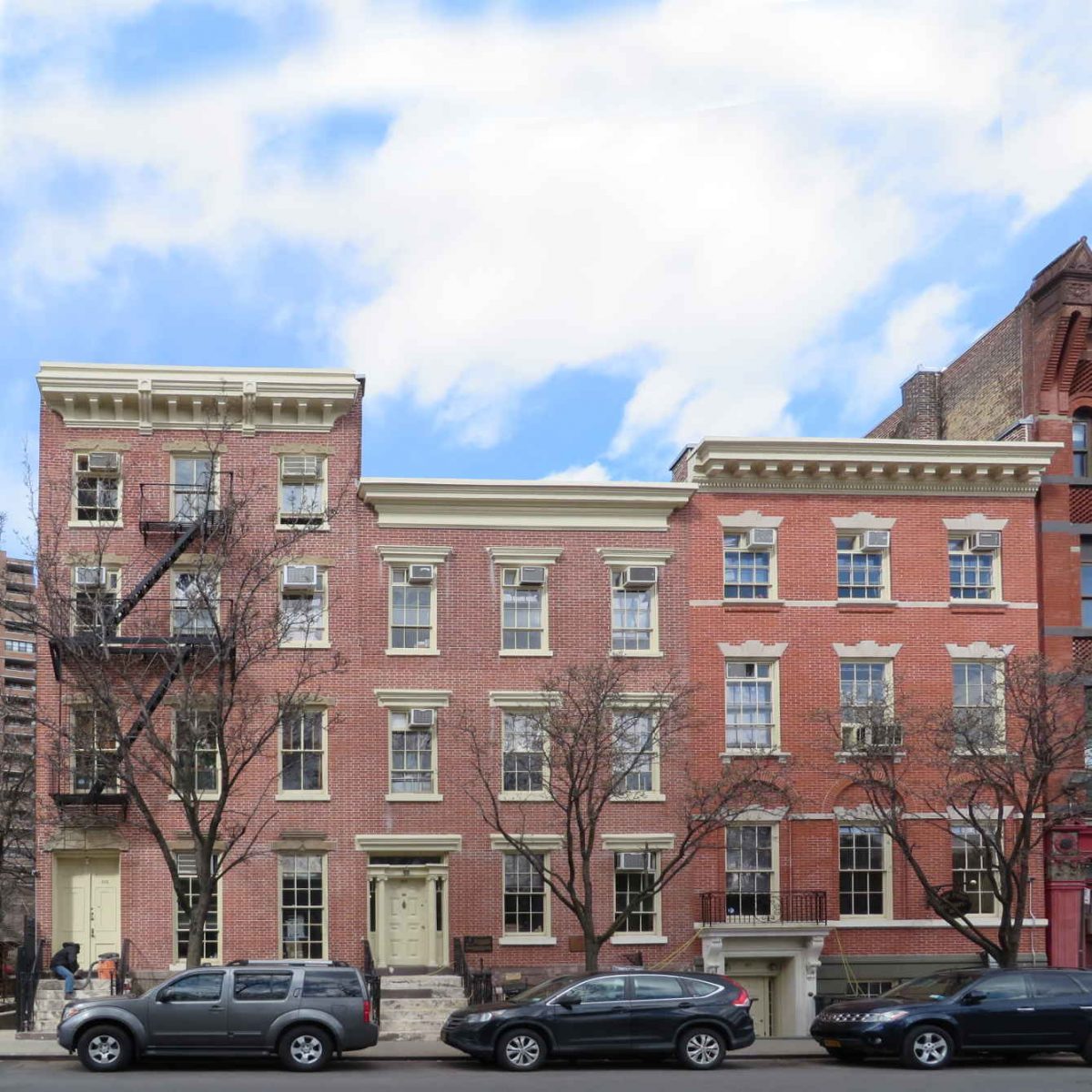
Henry Street Settlement
overview
In 1893, public health nurse and progressive reformer Lillian Wald co-founded the Henry Street Settlement to provide no-cost medical services to poor immigrants living in cramped tenements on the Lower East Side.
Relocating the facility to its current location in 1895, Wald and her compatriots established successful careers separate from the traditional household role expected of middle-class women.
Through the efforts of the NYC LGBT Historic Sites Project, this site was listed on the New York State Register of Historic Places in 2021 and the National Register of Historic Places in 2022.
On the Map
VIEW The Full MapHistory
The Henry Street Settlement was founded by progressive reformers Lillian Wald and Mary Brewster in 1893. Both were trained as public health nurses (a term coined by Wald) and moved to the Lower East Side to put their knowledge to practical use.
The house at 265 Henry Street was the first permanent home of the organization when it relocated here in 1895. Wald, Brewster, and others provided nursing, at low or no cost, to the neighborhood’s poor in their homes, but would also visit those in need in other parts of the city. Nurses would also take local residents to other neighborhoods so they could experience life away from their cramped tenement district. Henry Street developed into a major Lower East Side institution serving as a community center with educational and cultural offerings.
The workers at Henry Street who lived (or settled) in the building were almost all middle-class women.
…the details we have make it abundantly clear that Lillian Wald lived in a homosocial world that was also erotic. Her primary emotional needs and desires were fulfilled by women.
Wald had relationships with other women who lived at Henry Street, as well as with several wealthy patrons, notably prominent social worker Mabel Hyde Kittredge and lawyer and theater producer Helen Arthur.
By the time of her retirement in 1933, Wald managed a staff of 265 nurses caring for 100,000 patients. The nursing service eventually moved uptown, but Henry Street Settlement continues to serve as a community center, providing classes and cultural experiences at this location.
Landmark Designations for LGBT Significance
The Henry Street Settlement, at 263, 265, and 267 Henry Street, was listed on the National Register of Historic Places and designated a National Historic Landmark in 1974. The NYC LGBT Historic Sites Project and the Henry Street Settlement collaborated on an effort to incorporate the LGBT significance of the site for its association with Lillian Wald and the homosocial world of the settlement which impacted her both personally and professionally. This was also foundational to the origins of Henry Street Settlement and the settlement house movement, a movement in which lesbians played pivotal leadership roles. As a result, 265 and 267 Henry Street were given additional National Register recognition as the Lillian Wald Residence in February 2022, following the site’s listing on the New York State Register of Historic Places in December 2021. (Note: The site name Lillian Wald Residence was used merely for National Register administrative purposes to differentiate the 2022 listing from the 1974 listing, but is not an official name used by the Henry Street Settlement.)
Entry by Andrew S. Dolkart, project director (March 2017; last revised February 2022).
NOTE: Names above in bold indicate LGBT people.
Building Information
- Architect or Builder: Unknown
- Year Built: 1827 (with later alterations)
Sources
Blanche Wiesen Cook, “Female Support Networks and Political Activism: Lillian Wald, Crystal Eastman, Emma Goldman,” in Nancy F. Cott and Elizabeth Hafkin Pleck, A Heritage of Her Own: Toward a New Social History of American Women (New York: Simon & Schuster, 1979).
Dell Richards, Superstars: Twelve Lesbians Who Changed the World (New York: Carroll & Graf, 1993).
Elizabeth Fee, PhD, and Liping Bu, PhD, “The Origins of Public Health Nursing: The Henry Street Visiting Nurse Service,” American Journal of Public Health (July 2010).
Paula Martinac, The Queerest Places: A Guide to Gay and Lesbian Historic Sites (New York: Henry Holt & Co., 1997).
Read More
- National Register of Historic Places Nomination (February 2022)
- NYC Landmarks Preservation Commission Designation Reports: 263 Henry Street (1966)
- NYC Landmarks Preservation Commission Designation Reports: 265 Henry Street (1966)
- NYC Landmarks Preservation Commission Designation Reports: 267 Henry Street (1966)
Do you have more information about this site?
This project is enriched by your participation! Do you have your own images of this site? Or a story to share? Would you like to suggest a different historic site?
